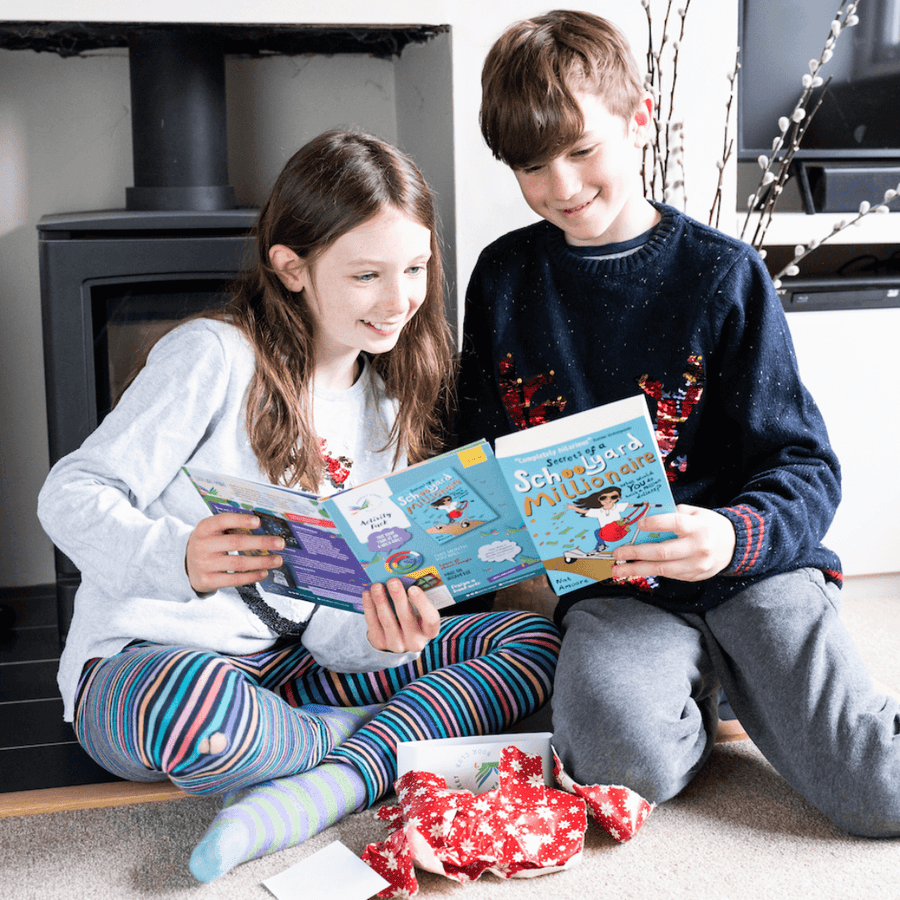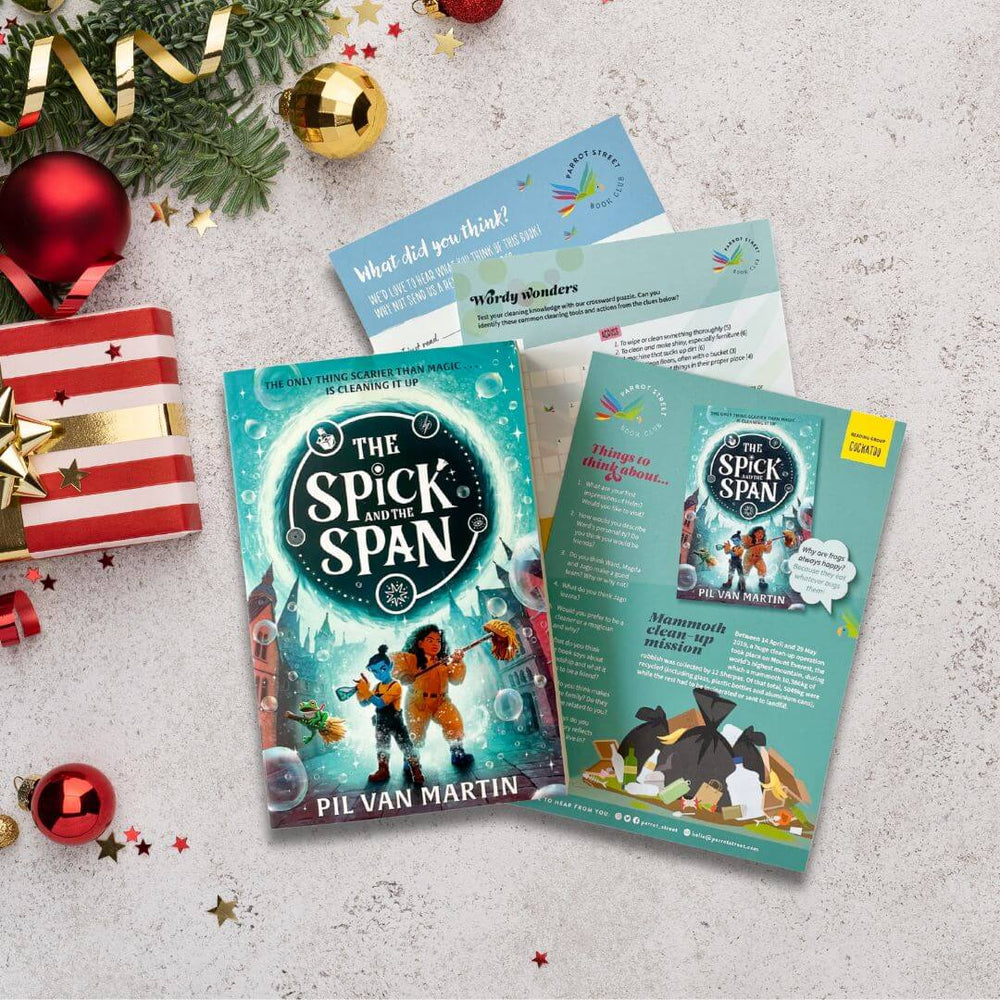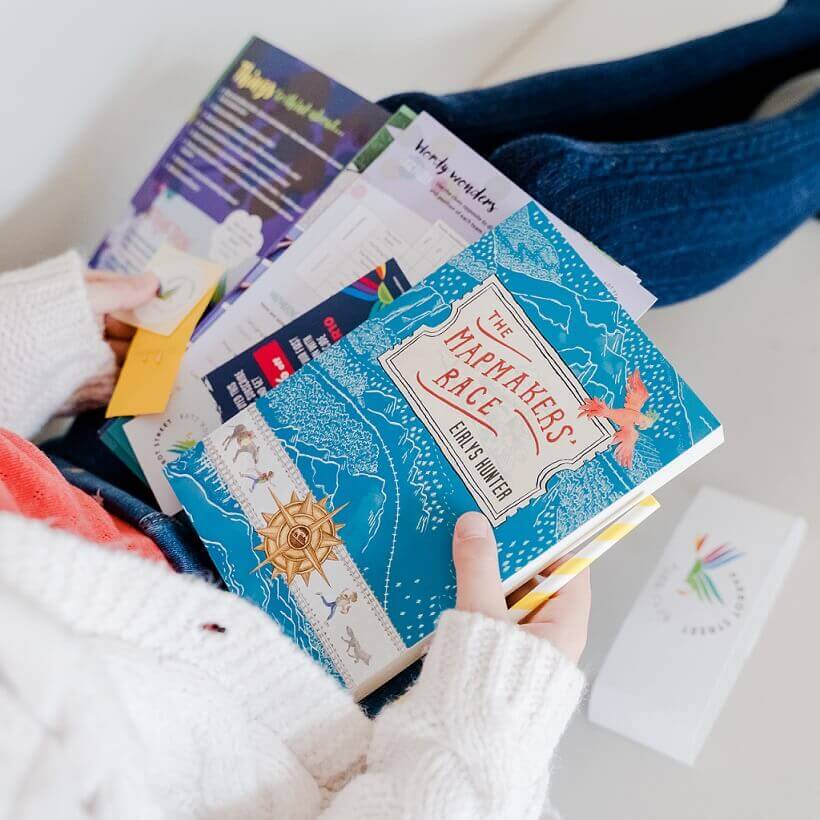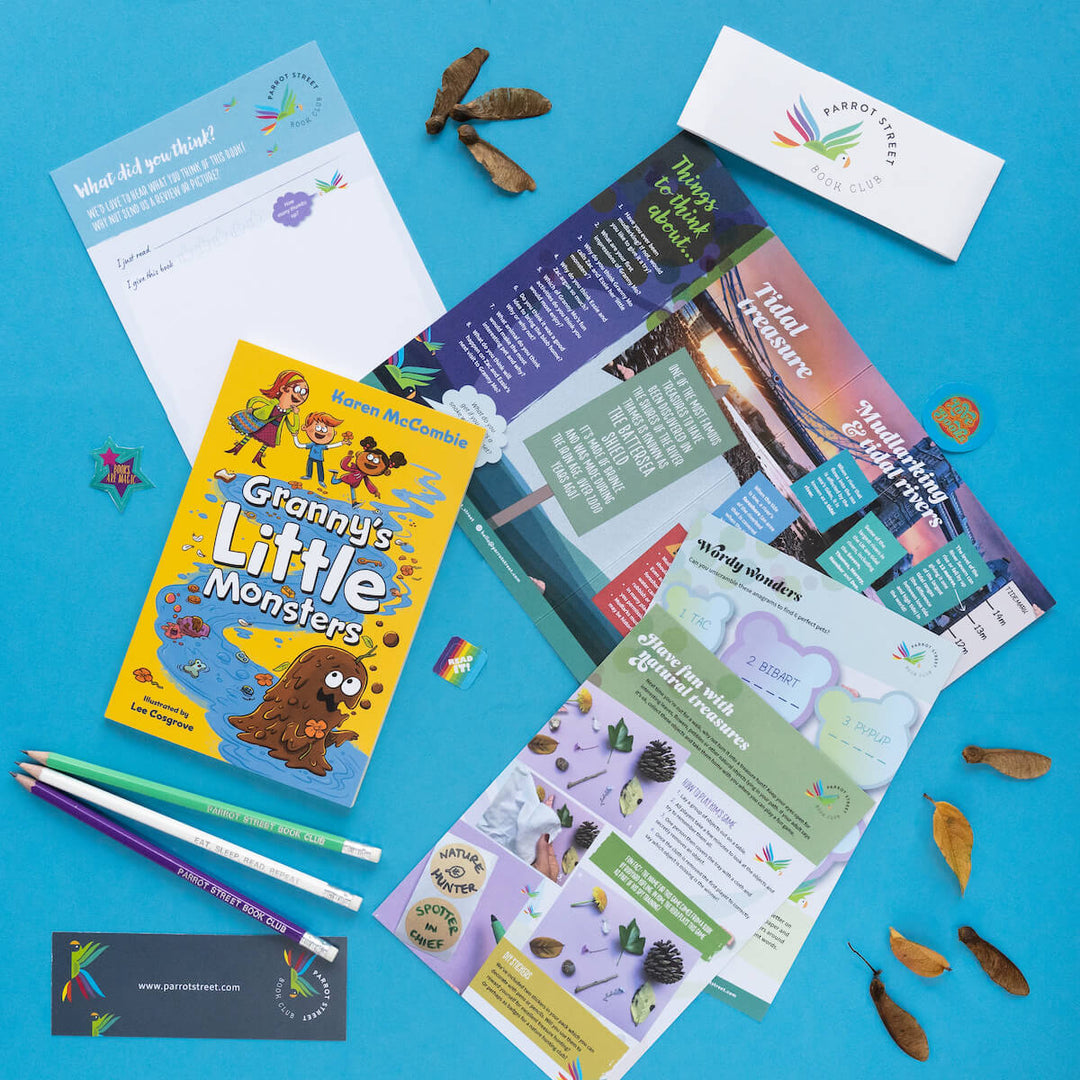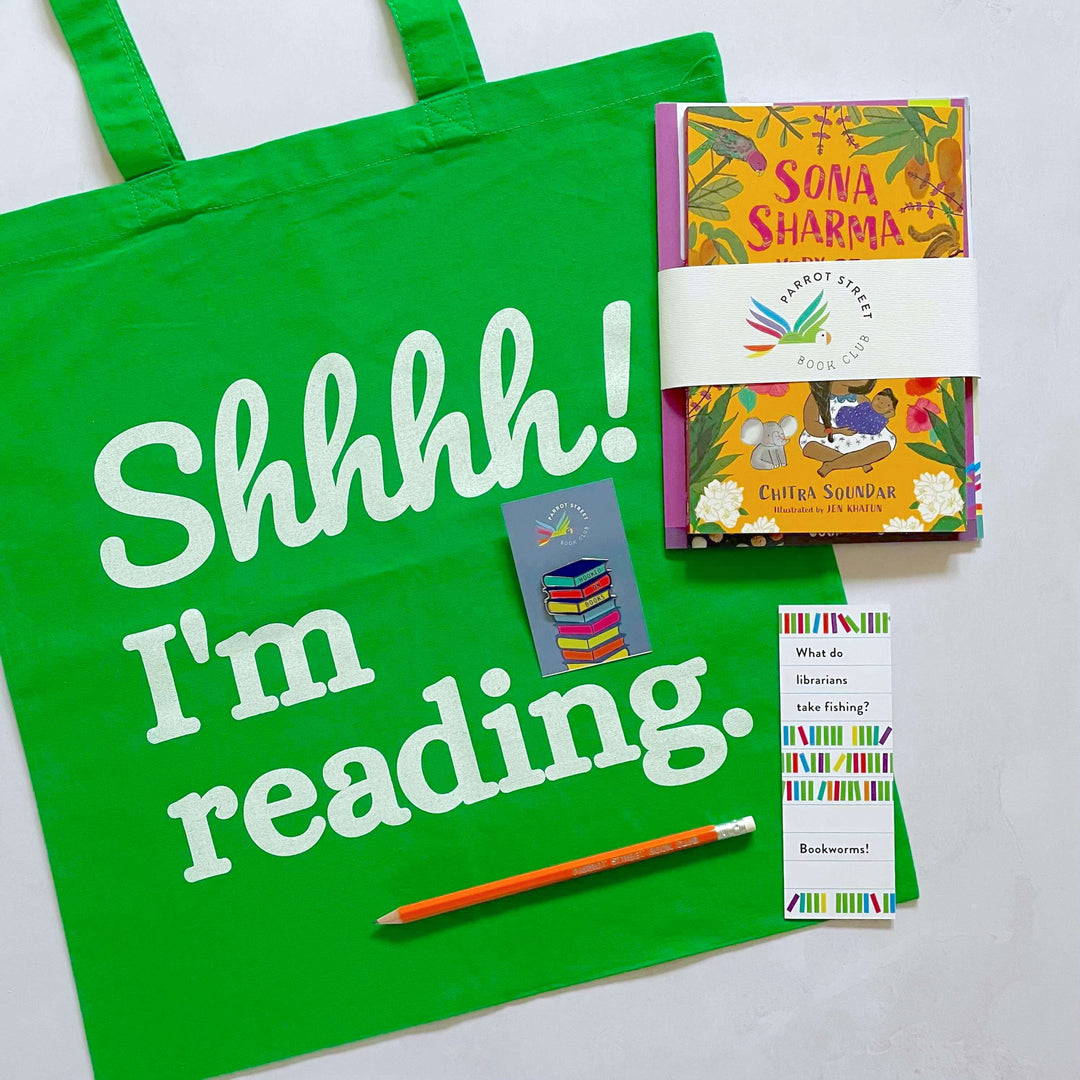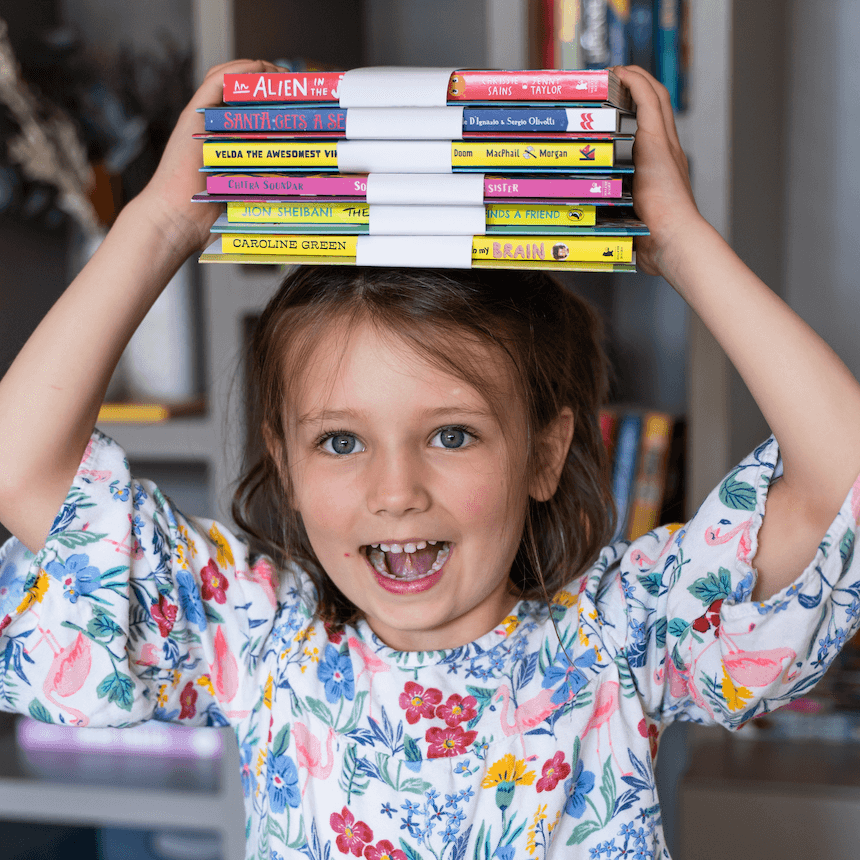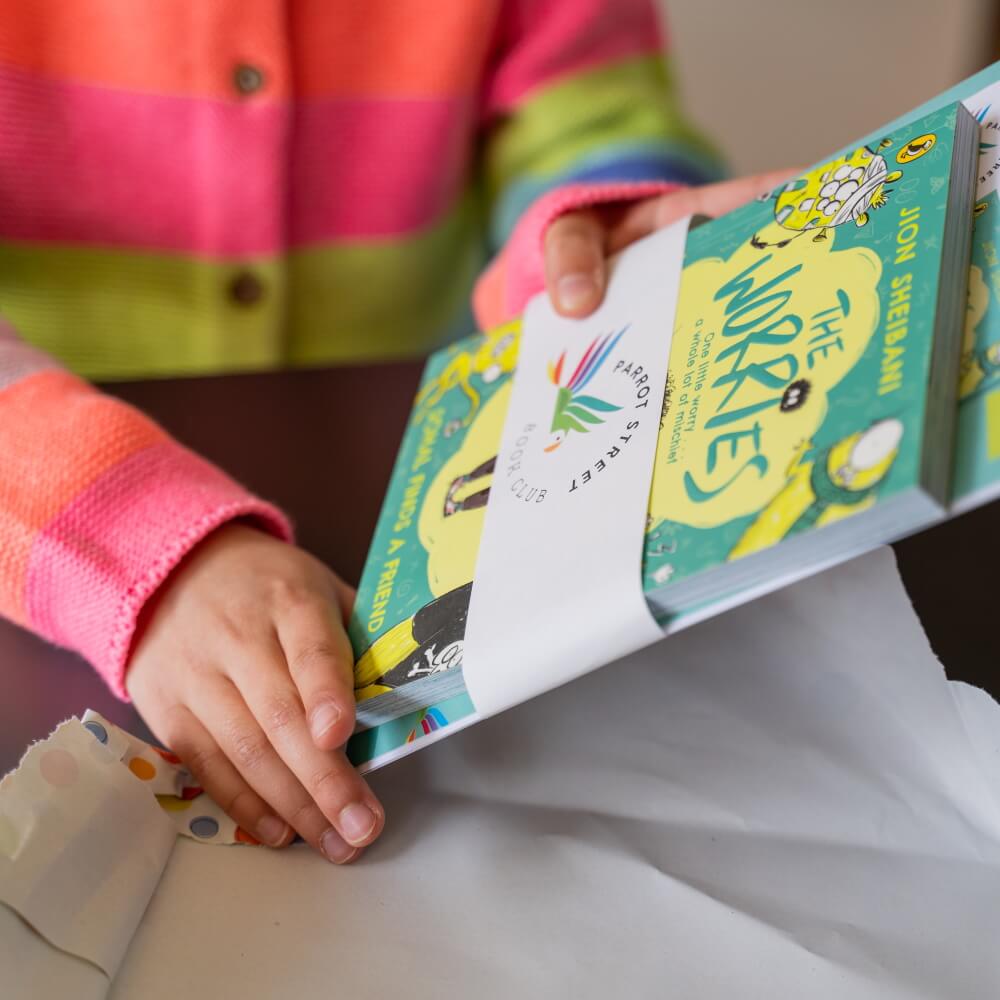Fidan Meikle on My Name is Samim and books about refugees and migration for young people

My Name is Samim is an extraordinary story about one boy's experience as a refugee arriving in the UK. Beautifully told with warmth and empathy it is a must-read for young teens and was an easy pick for our Macaw readers. With a hugely likeable lead character, who we were rooting for from page one, it brings to life a contemporary global issue in a way that is instantly relatable and extremely poignant. Here author Fidan Meikle tells us about what inspired the book and which other stories about refugees and migration you should read next.
What inspired you to write My Name is Samim?
A few years ago, I came across an article about an Afghan boy who, along with his brother, made the dangerous journey to Calais. Tragically, the boy lost his brother during the English Channel crossing.
I couldn’t stop thinking about them. What must that grief feel like for a child? How do you keep going after losing everyone you’ve loved? What does hope even look like after that?
Eventually, that boy’s story planted the seed for Samim’s voice. But I didn’t want the book to focus solely on pain. I wanted to show the strength, dignity, and quiet resilience that young people carry with them as they search for safety and a better future, even in the darkest of circumstances.
Are any of the characters or events based on real people and their experiences?
The characters in My Name is Samim aren’t based on real people, but their voices and experiences are drawn from real-life stories. I spent almost two years researching before I began writing: listening to interviews, reading memoirs and news articles, and learning about the experiences of children and adults who had lived through displacement. I kept notebooks where I wrote down their stories, because I remember things better that way.
One interview that stayed with me was with a grandmother living in a refugee camp in Jordan. She was raising her orphaned grandchildren on her own. I remember the way she sat, tired but composed, and the way she smiled when she spoke about her grandchildren, even though she had lost so much. That moment became the seed for Auntie Amina in the book. I didn’t copy that woman’s life, of course, but her quiet resilience, her deep care, and her ability to find joy despite the hardship inspired Amina’s character.
Some characters and details were also shaped by moments from my life. Zayn’s humour and Samim’s ability to recite digits of Pi, for example, were inspired by my teenage son, who once memorised over 200 numbers of Pi just to see if he could, and who always finds a way to make us laugh. Zayn’s grandmother, with her sharp one-liners and endless proverbs, is a tribute to my own grandmother, who’d often start with “You know what they say…” before delivering some pearl of wisdom. For years, my cousins and I thought these sayings were common knowledge, until we grew up and realised, with fondness and admiration, that most of them were her own inventions, designed to keep us in check.
So no, the characters aren’t real in the literal sense, but they carry pieces of real people with them. People I’ve listened to, learned from, and admired.
We loved hearing Zayn’s voice in particular. How did you decide which voices would take prominence in Samim’s story?
I’m so glad Zayn’s voice stood out to you.
Samim’s journey is a very difficult one. He’s forced to leave everything he knows behind, and much of what he goes through is frightening, confusing, and traumatic. While I felt it was important to be honest about that reality, I also didn’t want the story to feel overwhelmingly bleak for young readers.
That’s where Zayn came in. His lively personality, quick wit, and fierce loyalty brought a different energy to the story, and to Samim’s world. Zayn is the kind of friend who brings light into dark places. Through his humour and heart, he helps Samim hold on to hope.
So while Samim’s voice drives the story, Zayn’s voice gives it balance. He brings contrast and warmth, showing us how friendship can be a lifeline when everything else is uncertain.
That’s also why I’m dedicating the sequel to Zayn. There’s so much more to him than we glimpse through Samim’s eyes. His story is about survival, identity, and the quiet ways we protect the people we love.
What do you hope young readers will take away from the story?
One of my young beta readers once said something that’s really stayed with me.
Months after reading the book, she told me: “I didn’t know much about refugees before. But now, when I hear the word, I feel more interested and more worried about them, because I think of someone I really like. I think of Samim and Zayn.”
That meant everything to me.
“Refugee” can feel like a distant or abstract word to many children. Through Samim and Zayn, I wanted to give that word a face, a story, someone they could relate to, but also empathise with. These characters aren’t just going through something difficult; they’re funny, brave, scared, kind, and stubborn, just like all kids.
If young readers come away from the story feeling more connected, more curious, and more compassionate, then I’ve done what I set out to do. I hope the book helps them move past the headlines and see the people behind the label, children like Samim and Zayn, with their own hopes, fears, and stories worth hearing.
Can you tell us anything about what the future holds for Samim?
Readers will get to find out what the future holds for both Samim and Zayn in the second book, which focuses more closely on Zayn’s story. It’s due for release in Spring 2026 and will bring their journey to a close.
This sequel will be the final book in the series, a story of two boys, best friends, navigating loss, identity, and belonging in a world that hasn’t always been kind to them. It’s about friendship, resilience, and the quiet power of hope. It’s also about unity and humanity, and how, despite our different backgrounds, languages, and beliefs, we’re all connected by the same need for love, safety, and a place to belong.
In many ways, this final book will offer the ending both boys, and both books, truly deserve.
Why did you choose to write books for this age group?
I chose to write for middle-graders because it’s such an important and powerful time in a young person’s life. This is when they start asking big questions about the world, about fairness, identity, friendship, and where they belong. They’re noticing more, feel more deeply, and understand things in new ways.
I wanted to write stories that don’t talk down to them but instead trust them to handle complex emotions and ideas, like displacement, fear, courage, and hope. At the same time, I wanted to offer them characters they could connect with, and stories that might help them feel less alone.
This age group is also incredibly open-hearted. They’re curious, compassionate, and still full of imagination. If a story touches them, they carry it with them. That’s a real privilege for a writer.
Do you have a favourite place to write?
Anywhere quiet! But ideally, at my desk. I really admire writers who can write in coffee shops, buses and trains. I’ve always wished I could be one of them. But I know myself: I wouldn’t be able to squeeze out a single book-worthy sentence in a noisy, public place.
When I write, I’m fully in the zone. I’m not just telling a story; I’m living it alongside my characters. I see what they see, feel what they feel, and try to put that on the page. To focus like that, I need a certain kind of quiet, the kind that allows the noise of the outside world to fade away so the world of the story can come alive.
Of course, there’s a big difference between what’s ideal and what’s realistic. I’m a mum to two humans and one very lively dog, so the house is rarely completely quiet, which, to be honest, I wouldn’t have any other way. But it does mean that my most productive writing hours tend to be between 5 and 7 in the morning, when the rest of the house is still dreaming and the world is just quiet enough for my characters to come alive.
Which other novels for young people about refugees and migration would you recommend our subscribers read next?
There are so many powerful stories that explore themes of migration and the refugee experience in ways that are honest, moving, and accessible for young readers. But if I had to choose my favourite three, they would be: Boy, Everywhere by A. M. Dassu, The Crossing by Manjeet Mann, and The Fox Girl and the White Gazelle by Victoria Williamson.
Copies of our My Name is Samim pack, including a copy of the book and loads of fun activities to go with it, are now available for individual purchase. Grab a copy while stocks last!
This post includes affiliate links to our bookshop.org page, meaning we receive a small percentage of the sale should you purchase through them. Additionally, a percentage from all sales on the platform goes directly to local UK bookshops which is an initiative we're delighted to support!
JOIN OUR EMAIL LIST
Children's book news straight to your inbox
We love sharing product updates, book recommendations, children's activity ideas and special offers via email.



